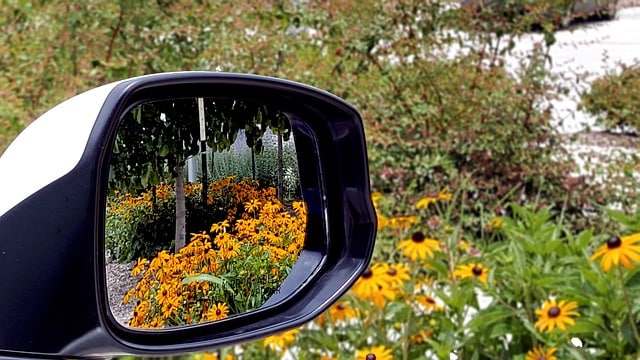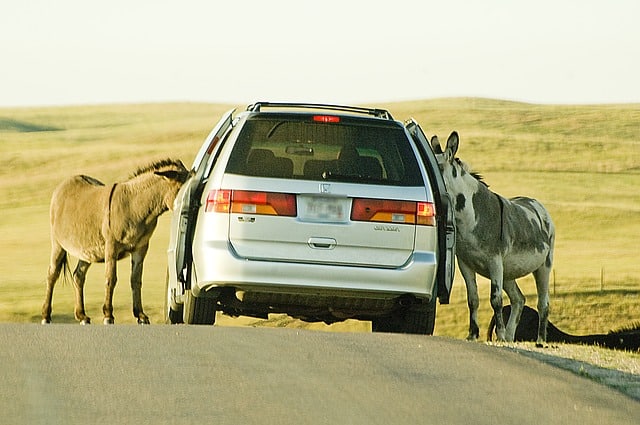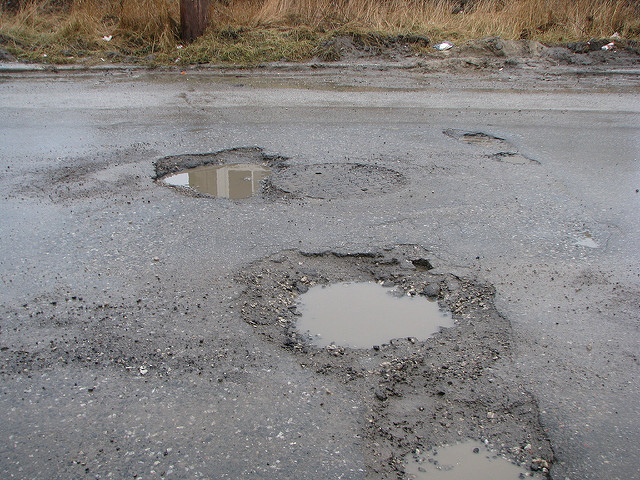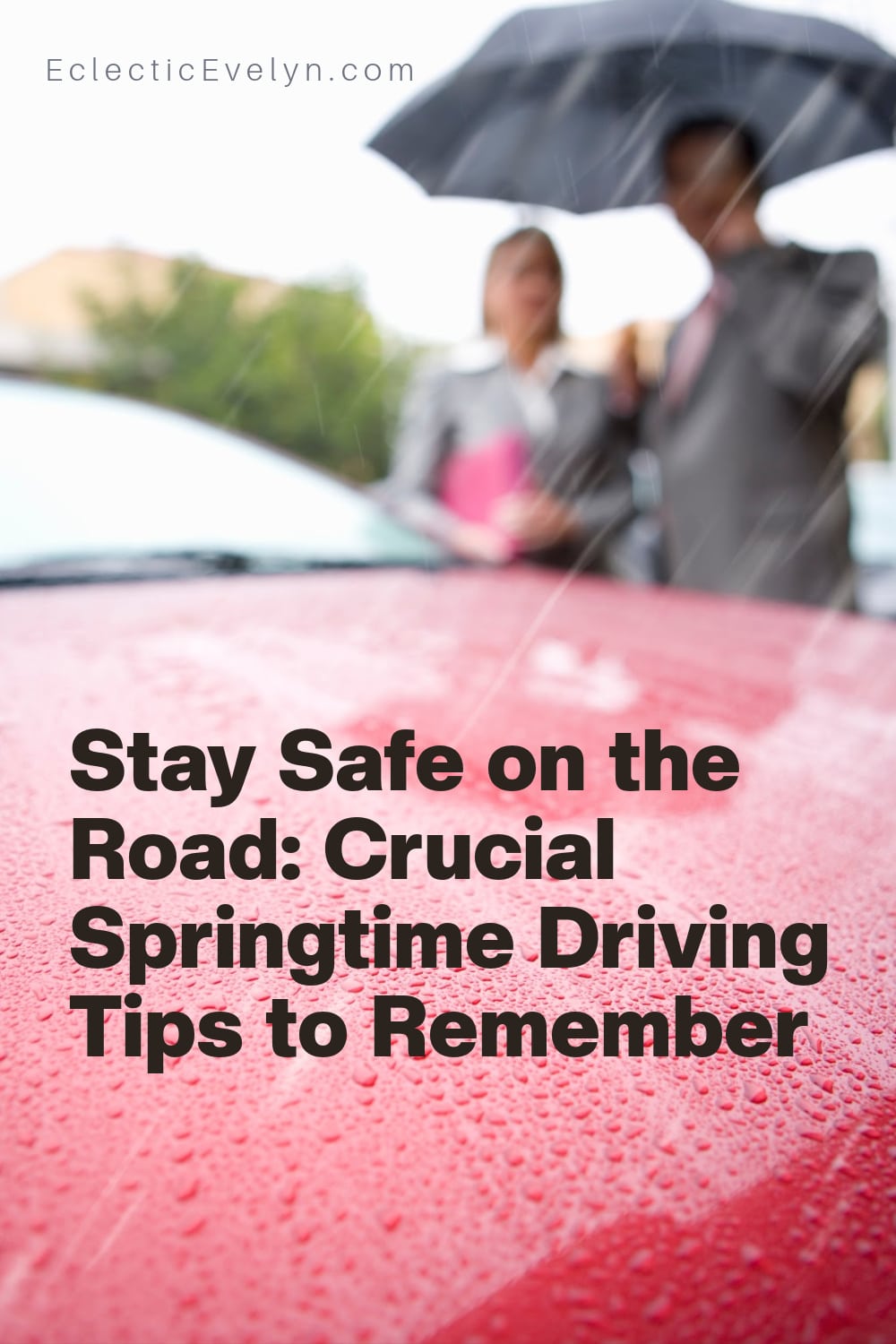Springtime is finally here, and while many people are pleased to see the back of winter’s ugly head and the risks of winter driving, spring roads can also prove to be just as dangerous. Each season of the year has different threats and it’s important to understand that each season change brings different driving challenges for you to face. Here are some springtime driving tips to keep you and your family safe on the road!

Watch Out for pedestrians
Now that the brisk cold air is warming, people are going to be out and about more, and this includes near and on the roads. However, even though springtime makes you envision baby chicks and sunshine, it can also mean heavy showers too. Adverse weather conditions can restrict your eyesight, meaning that you might not see pedestrians on the road. Taking precautions such as making sure your windshield wipers are working correctly and driving at sensible speeds will dramatically reduce the chances of an accident this time of year.
When springtime driving through neighborhoods it’s especially important not to get distracted by the beautiful gardens and to watch out for children playing out near the street. As you know, children don’t always have road sense, so slowing down your speed through neighborhoods is a must. Not only do you need to protect children outside of the car, but you also need to make sure the children inside your car are in proper car seats and restraints to keep them safe.
Slow Down When it Rains
A little-known fact is that the road is actually more slippery when it first begins to rain, and that’s because of the rainwater mixing with other materials on the road such as oil and grease. You know how quickly spring showers can appear, so make sure you’re especially careful when it comes to springtime driving in the rain. Increasing the distance between yourself and the car in front of you can also help avoid unnecessary accidents on the road.
Not only does the road become slippery when it first rains, but if there’s still an element of chill in the air first thing in the morning, you should also be aware of your speed and watch for black ice. Ice caused by rainwater and a cold morning could cause you to spin out of control in your car, leading to injury or worse, death.
If you’re hit by a careless driver at this time of year, then it’s important to find a car accident attorney so that you’re not blamed for something you didn’t do. It’s important to find a car accident attorney that deals with the law in your state, as state laws, can vary and this can affect what you might be able to claim for. If, however, you are the one who caused an accident, here’s what you should be doing:
- First, check everyone involved is safe and well and if they aren’t, call emergency services to come and aid you.
- Exchange details with others affected in the accident.
- Make an appointment to have yourself checked over. PTSD and whiplash are common ailments that show a while after an accident has happened.
- Call your insurance company to let them know what’s happened.
- Have your car repaired (if applicable).
Be on the Lookout for Animals
The springtime is wonderful because, after a long and cold winter, wildlife finally begins to appear again. Hibernating animals are emerging, and deer are beginning to become more active too. Be on the lookout for animals wandering into the road, especially at dawn and dusk when it’s harder to see long distances. Many animals are active at those times too.
Failure to do so could not only lead to the unfortunate harm or death of an innocent animal, but it could also put your and others’ lives in danger. Accidentally hitting an animal as small as a rabbit could cause you to swerve off the road or into another car but hitting a deer can cause major damage and injuries. Remember to always have your headlights on when your vision of the road is impaired, and make sure that you’re allowing yourself enough distance for safe braking if needed. Slow down in wooded areas and near open fields.

Look out for Damaged Roads
Extreme weather conditions during the winter can cause large amounts of damage on our roads, meaning that come springtime, there’s damage that you need to be aware of. If you live in a seasonal climate like me, the thaw-freeze cycle can create havoc on the roads and potholes will appear. Potholes are most likely to be formed during the winter thanks to snow and ice. However, during the springtime the rainfall can fill these potholes, meaning you might not see them. Damage from potholes can prove to be expensive. Damages such as:
- Flat or punctured tires
- Damaged suspension
- Bent rims
- Exhaust system dents
- Misalignment

Reduced speed on the road when springtime driving, being aware of potholes and other road conditions, and driving in the daylight as much as possible can reduce the chances of you accidentally damaging your car or being involved in an accident that could have been avoided.
Don’t leave your emergency kit behind
Bringing an emergency kit is something that any driver should make a routine habit when they go out driving. Your emergency kit should include everything you need to help yourself in the event of a breakdown or accident. This can include water, a car repair kit (including jump cables), a spare tire, high-visibility gear, and a first-aid kit. Just as important is a list of the emergency numbers you might need to rely on, such as emergency contacts, your insurance company, and your lawyer to ensure you can take care of yourself following a collision. You don’t want it to happen, but you should be ready for it.
Give Your Car a Proper Service
The roads aren’t the only thing that the winter weather takes a toll on. Your car will have been through extreme heat changes, slippery roads, prolonged use of your heating, and lots of rain and ice. Damages like windshield wiper damage, cracked windscreens and mirrors, rust from heavy snows and salt on the roads, and empty windshield washer fluid bottles are all prime examples of damages you have to look for.
It’s important to regularly service your car, especially in the springtime due to the damage your car has endured through the winter. Prior to springtime driving you should be:
- Checking your tire pressure
- Refilling your fluids in the car
- Using paint protection spray to avoid rusting on your car
- Checking the oil level
- Check your tires for damage and replace if needed
If you’re not sure how to do these checks, take your car to your mechanic and ask for their advice.
Adapt Your Car for Springtime Driving
The springtime brings many different weather conditions such as sun, rain, and sometimes even snow, and it’s important to adapt your car ready for springtime driving. Sunlight during the spring is often low and can impair your vision on the roads, so having your windows tinted on your car can help reduce the chance of an accident. Keeping a pair of sunglasses in the car just for driving is also good.
The same goes for your tire pressure too. During the winter months, air can escape from your tires thanks to cold temperatures and when the temperature rises, your tires can end up with too much air in them. Either way, this leads to poor handling abilities and a greater risk of accidents. Prior to springtime driving, check your car manual to find out the appropriate tire pressure so that you can adjust accordingly. You should also check your tire tread too, as a reduced tread on your tired means less traction.
Watch Out for Cyclists
Finally, thanks to the warmer weather, cyclists and motorcycles are more likely to be out and about on the road. However, because they’re smaller and able to maneuver between cars, your visibility of them is dramatically reduced. Bikes weaving in and out of your vision is a dangerous situation, and they have as much right to be on the road as you do. Make sure that you’re double-checking for motorcycles and cyclists when springtime driving and maintain a sensible speed so that you can slow down if needed.

As spring emerges, it’s essential to adapt your driving habits to the changing conditions. When it comes to springtime driving, staying vigilant is key. Be mindful of pedestrians crossing the streets, especially as outdoor activities increase with the warmer weather. Additionally, keep an eye out for motorcyclists who are more active during this season. Spring showers can make roads slick, so maintain a safe distance from other vehicles and drive at a speed appropriate for the conditions. By staying alert and responsive, you can navigate the challenges of springtime driving with confidence.
Furthermore, paying attention to road maintenance is crucial during this season. Spring often brings potholes and uneven road surfaces due to the melting of ice and snow. Be proactive in avoiding these hazards by scanning the road ahead and adjusting your speed accordingly. Additionally, ensure your vehicle’s maintenance is up to date, including tire checks and alignment. By taking these precautions, you can minimize the risks associated with springtime driving and enjoy safer travels on the road.

Follow these tips and your safety on the road this springtime will be increased!
What are your tips?







Great tips! Thanks for sharing ♥️ ♥️ By any chance, are you interested in doing collabs? xx
Great tips, esp for new drivers